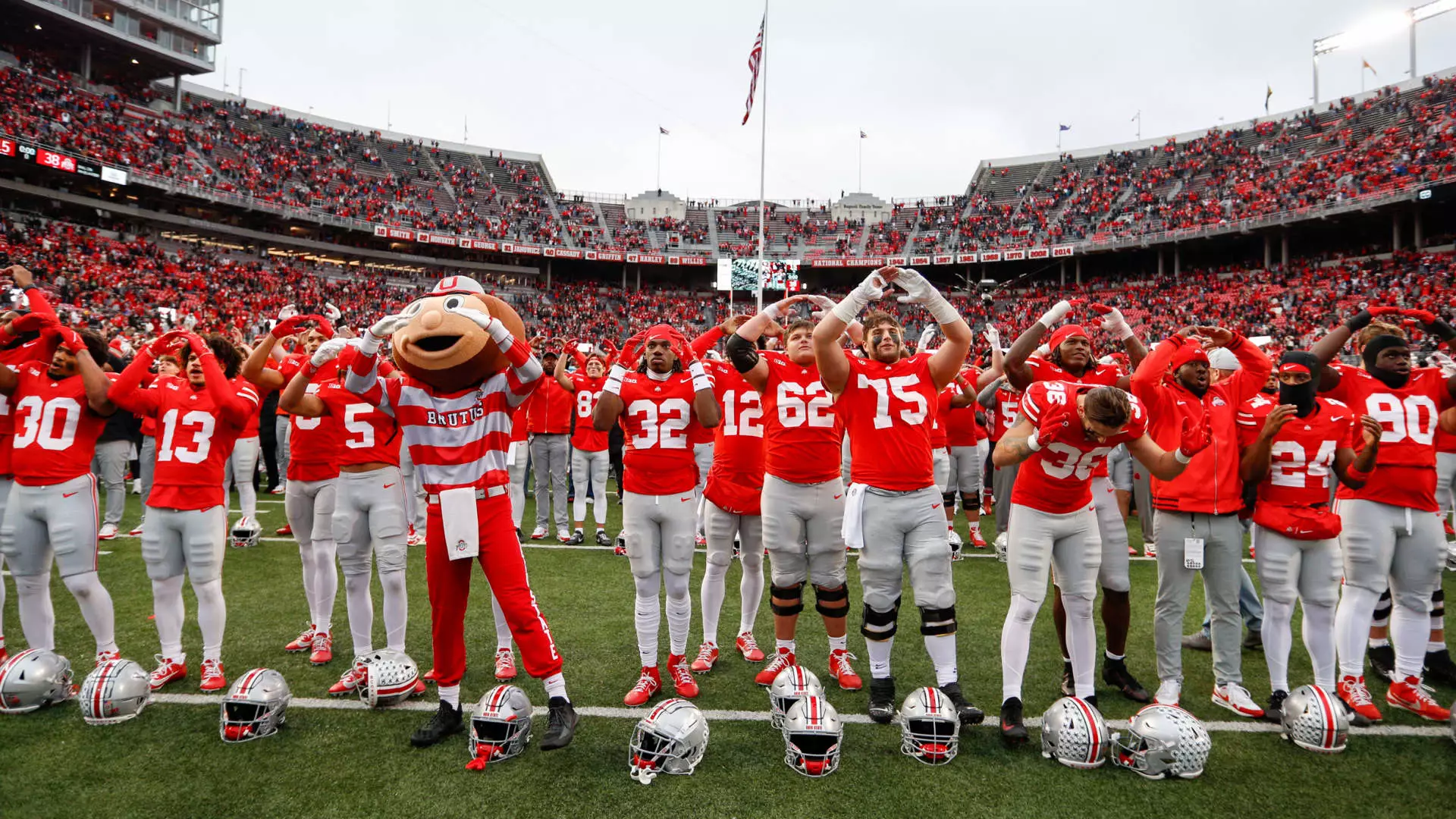The realm of college sports has undergone a seismic shift in recent years, transitioning from a traditional amateur framework to a lucrative enterprise closely resembling professional sports. With revenue generation in the billions, an intriguing question arises: what determines the financial worth of a college sports program? This inquiry has gained traction, particularly among private equity investors eyeing profitable opportunities in athletics. By evaluating the dynamics of college sports’ financial landscape, one can uncover factors that contribute to program valuations and the implications for the future.
At the forefront of this discourse is the realization that major college sports programs collectively amass staggering revenues each year. As reported, the most valuable athletic program in America, Ohio State University, boasts an estimated worth of $1.27 billion, supported by staggering annual revenues nearing $280 million. Such figures not only underscore the immense profitability of college sports but also highlight a systemic drive towards monetization that is reshaping the very essence of college athletics. This transformation speaks volumes about the increasing involvement of stakeholders, from universities to private equity firms, all attempting to carve out a niche in this booming sector.
The financial prowess of institutions in the NCAA Football Bowl Subdivision (FBS)—as illustrated by the dominance of programs from the SEC and Big Ten—reflects a broader trend where media rights deals play a pivotal role in driving revenues. The SEC, with a collective worth of $13.3 billion, and the Big Ten at $13.2 billion, have capitalized on lucrative broadcasting agreements that greatly enhance their financial stability and competitive edge. Consequently, schools in these conferences experience heightened recruitment abilities, leading to better performances and further increasing their program’s value.
The methodology behind the valuation of these athletic departments extends beyond simple revenue assessments. A comprehensive analysis, including factors like alumni engagement, fan base size, and financial support from boosters, forms the backbone of these evaluations. For example, Ohio State’s remarkable alumni network of over 600,000 and a fervent fan following of more than 11 million are critical assets. Additionally, the support of boosters who donated nearly $60 million last year demonstrates a robust financial ecosystem that nourishes not only the athletic programs’ immediate needs but also catalyzes their long-term growth potential.
Furthermore, as college athletics navigate through the evolving landscape of name, image, and likeness (NIL) rights, these new financial dimensions are influencing valuations significantly. The ability to attract talent and foster competitive advantages through NIL deals contributes to the future revenue flow that investors find attractive. As more athletes leverage their personal brands, NCAA institutions that successfully integrate these opportunities into their business models will likely see their worth surge.
The data corroborating these valuations comes from a mixture of authoritative sources, including the Department of Education and the Knight Commission on Intercollegiate Athletics. The collaborative efforts of industry experts, including those seeking to navigate the complexities of private equity investments, enhance the understanding of how to optimize the financial outlook of athletic departments. Engaging with credible advisors such as Jason Belzer—who has worked closely with universities on lucrative NIL deals—adds a layer of expertise to the valuation process, facilitating a more accurate and informed assessment of potential opportunities.
This analytical approach ensured that the resulting rankings reflect not merely the economic clout of athletic programs, but also their viability for future growth. The adaptive nature of these analyses is crucial, as it allows stakeholders to spot trends, seize opportunities, and mitigate risks in a constantly evolving marketplace.
As college sports programs become increasingly valuable, driven by a multifaceted approach to revenue generation, the landscape will only continue to evolve. The interplay of traditional fan engagement, innovative financial strategies, and the ongoing emergence of NIL opportunities presents a dynamic environment ripe for investment. Investors will need to closely monitor these factors and remain agile to capitalize on the growth potential within the sector. The future of college athletics is not merely about competition on the field; it is equally defined by strategic financial maneuvering that will dictate which programs flourish in this billion-dollar industry.

